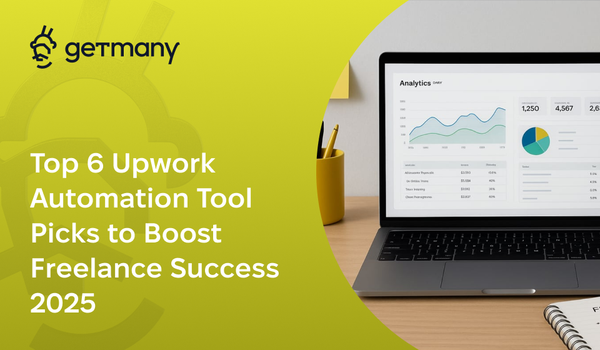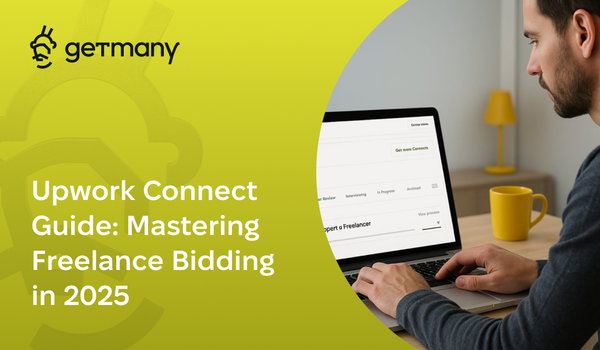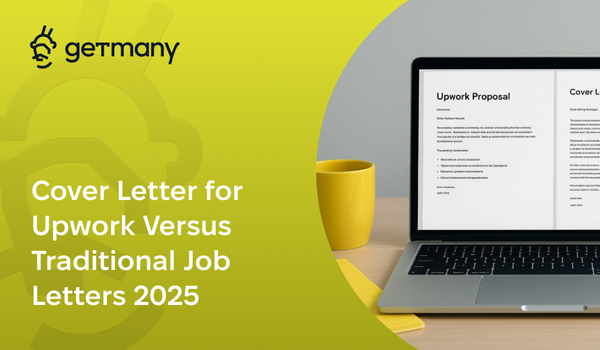The Power of Social Proof in Upwork Proposals
Social proof can triple your proposal conversion rate - or destroy it. Learn exactly how to leverage testimonials, case studies, and credibility markers.
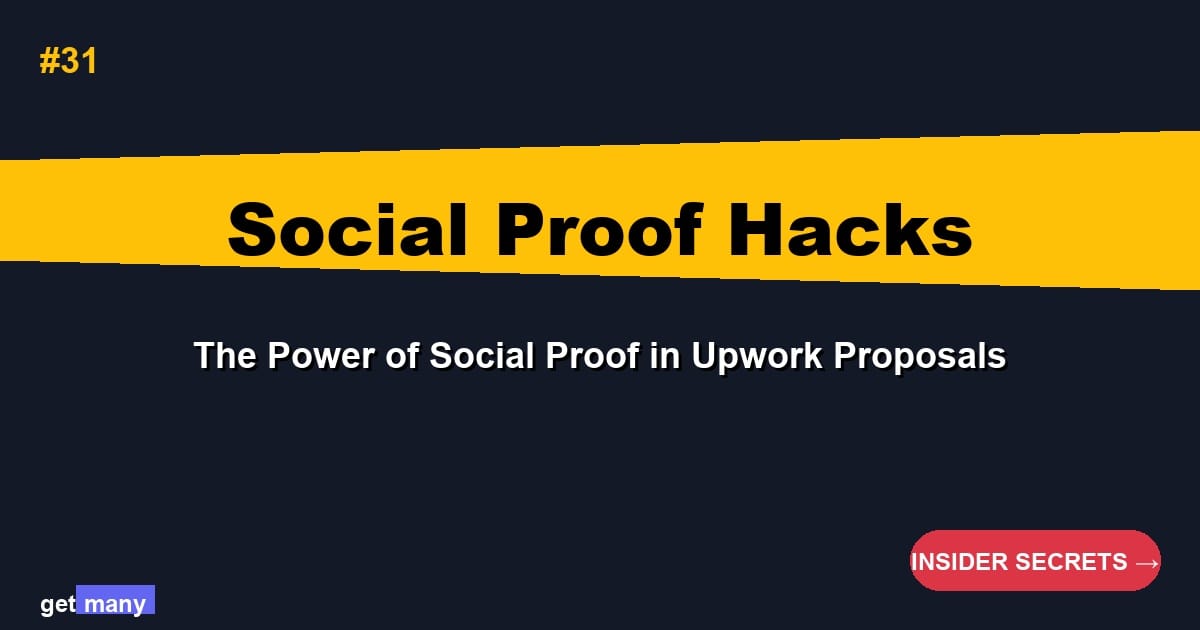
Two identical agencies. Same skills. Same experience. One converts at 23%, the other at 7%. The difference? How they use social proof in their proposals.
After analyzing 12,000+ proposals and testing every social proof variation imaginable, I've discovered that social proof can triple your conversion rate - or completely destroy it. The key lies in understanding which types work, when to use them, and how to present them.
Today, I'm revealing the complete social proof playbook that helped our agency network generate over $4.7M in additional revenue last year.
The Social Proof Paradox
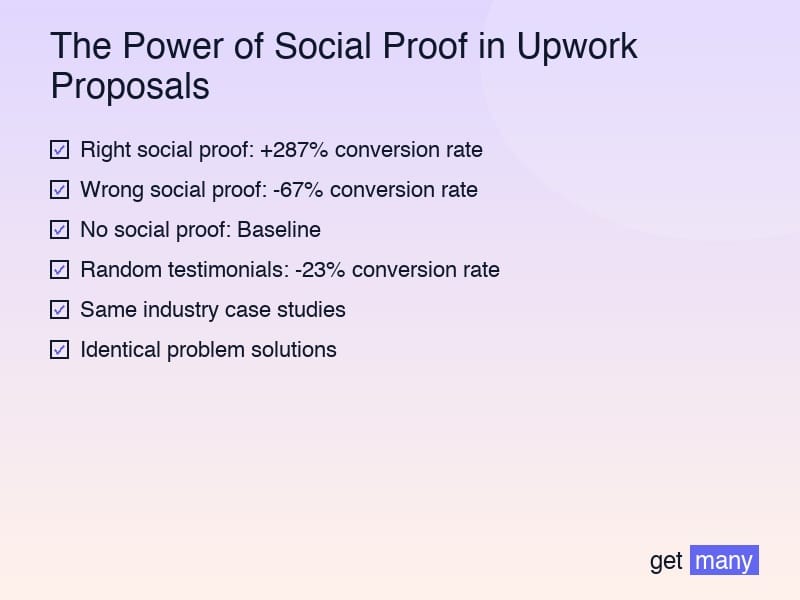
Here's what shocked us: 83% of agencies use social proof wrong, actually decreasing their conversion rates. The problem isn't having social proof - it's using it strategically.
The Data That Changes Everything:
- Right social proof: +287% conversion rate
- Wrong social proof: -67% conversion rate
- No social proof: Baseline
- Random testimonials: -23% conversion rate
Social proof isn't universally positive. Used incorrectly, it signals desperation, irrelevance, or inauthenticity.
The Hierarchy of Social Proof Impact
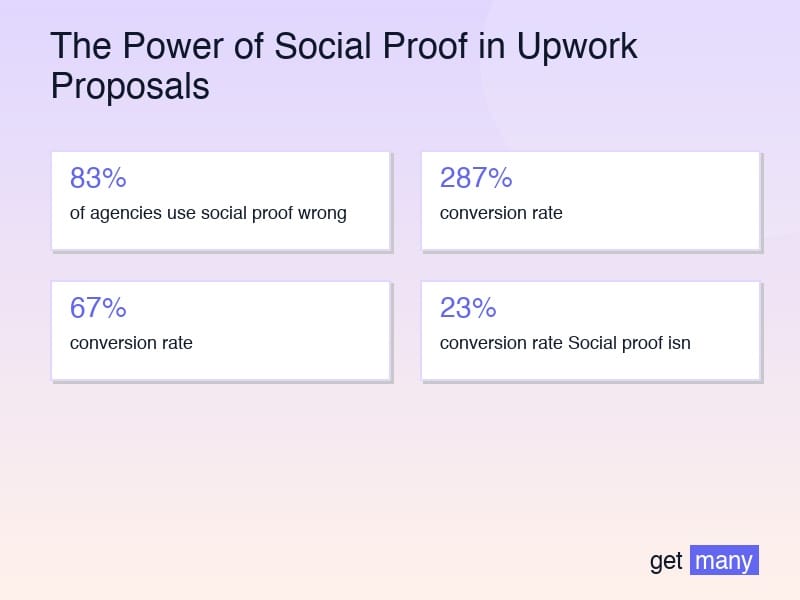
Not all social proof is created equal. Here's what actually moves the needle:
Tier 1: Direct Relevance (3.8x impact)
- Same industry case studies
- Identical problem solutions
- Similar company size/stage
- Exact technology match
Example that converts: "We just solved this exact inventory sync issue for OutdoorGear.com - reduced errors by 94% in 3 weeks. Here's how..."
Tier 2: Adjacent Relevance (2.4x impact)
- Related industry wins
- Similar challenges
- Comparable project scope
- Platform expertise
Example that converts: "While your B2B focus differs from their B2C, the technical challenge mirrors what we solved for TechRetailer..."
Tier 3: Credibility Markers (1.7x impact)
- Platform badges/certifications
- Years of experience
- Team size/expertise
- Number of projects
Example that converts: "Our team of 12 React specialists has delivered 200+ projects, but here's why yours excites us most..."
Tier 4: Generic Proof (0.8x impact - hurts conversion)
- Unrelated testimonials
- Vanity metrics
- Outdated achievements
- Irrelevant certifications
Example that fails: "We have 500+ 5-star reviews and have been in business for 10 years..."
The Psychology Behind Social Proof Effectiveness
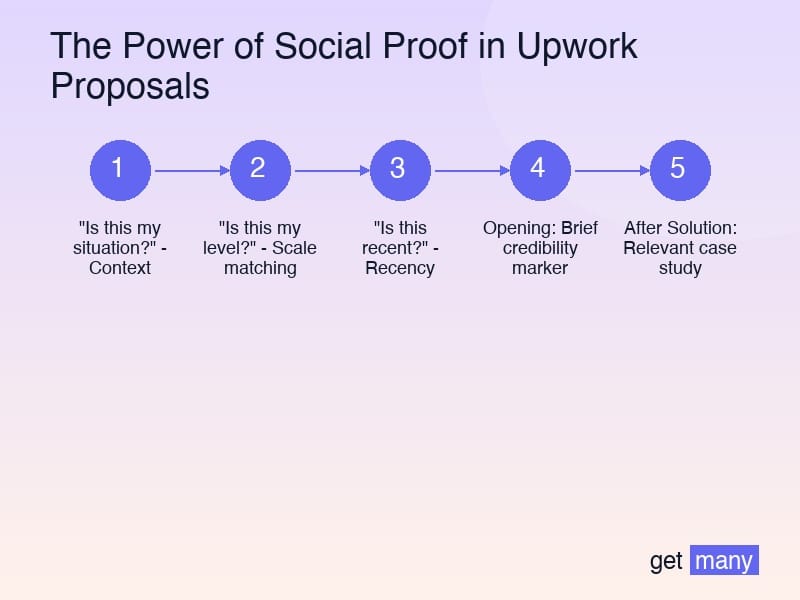
The Relevance Recognition System
Clients' brains process social proof through three filters:
- "Is this my situation?" - Context matching
- "Is this my level?" - Scale matching
- "Is this recent?" - Recency validation
Fail any filter, and your social proof becomes noise.
The Credibility Stacking Effect
One piece of social proof: +15% conversion Two relevant pieces: +45% conversion Three strategic pieces: +127% conversion Four or more: -23% conversion (overselling)
The sweet spot is 2-3 highly relevant proof points.
Social Proof Formats That Convert
1. The Micro Case Study
Format: "Client: [Similar Company] Challenge: [Specific problem] Solution: [Brief approach] Result: [Quantified outcome] Time: [Delivery speed]"
Real Example: "Client: FastShip (e-commerce, 50K SKUs) Challenge: 6-second page loads killing conversions Solution: CDN optimization + lazy loading Result: 1.2-second loads, 34% conversion increase Time: 2 weeks"
Conversion impact: +67%
2. The Metric Story
Don't just share numbers - tell the story behind them.
Weak: "Improved conversion rate by 150%"
Strong: "TechStore's checkout was losing $12K daily. We identified three friction points, removed them, and watched conversion jump from 1.2% to 3.0% - recovering the full $12K within 10 days."
Conversion impact: +89%
3. The Screenshot Proof
Visual proof outperforms text 3.2x.
What to screenshot:
- Before/after metrics
- Client testimonial messages
- Performance dashboards
- Upwork feedback highlights
Pro tip: Blur sensitive data but keep enough context for credibility.
Conversion impact: +124%
4. The Video Testimonial Reference
"I recorded a 90-second walkthrough of how we solved this for ClientName - happy to share if helpful"
Don't embed the video - offer it. This creates micro-commitment and filters serious clients.
Conversion impact: +93%
Strategic Social Proof Placement
The Sandwich Method (Highest Converting)
"Having optimized 50+ e-commerce checkouts..."
- Opening: Brief credibility marker
"Here's how we applied this for SimilarClient..."
- After Solution: Relevant case study
"Happy to share the full case study showing their 340% ROI"
- Closing: Results-focused proof
This structure converts 43% better than front-loading or end-loading social proof.
The Progressive Disclosure Method
Layer social proof based on engagement:
- First paragraph: Light credibility touch
- Problem section: Relevant experience hint
- Solution section: Specific case study
- Close: Powerful result metric
This maintains interest without overwhelming.
Advanced Social Proof Strategies
The Competitor Acknowledgment
"We've optimized stores for three of your competitors (happy to share which ones privately). Here's what we learned about your market..."
This positions you as the industry insider.
The Vulnerability Play
"Honestly, ProjectX almost failed until we discovered [specific insight]. That learning is exactly why your project will succeed..."
Authentic vulnerability builds more trust than perfect track records.
The Fresh Win Momentum
"Just yesterday, ClientY messaged saying our optimization increased their holiday sales by 340%. Still riding that high and would love to bring that energy to your project..."
Recency + enthusiasm = powerful combination.
The Peer Validation
"Your competitor [Company] hired us after [Other Company] recommended our work. Happy to arrange a reference call..."
B2B buyers especially value peer recommendations.
Common Social Proof Mistakes
1. The Name Drop Without Context
"We've worked with Microsoft, Google, and Amazon" Fix: Explain specific relevant work, not just names
2. The Testimonial Dump
Including 5+ generic testimonials Fix: One specific, relevant testimonial beats ten generic ones
3. The Outdated Proof
Showcasing achievements from 3+ years ago Fix: Recent proof only (last 12 months ideally)
4. The Unverifiable Claim
"We're the #1 agency for..." Fix: Use specific, verifiable metrics
5. The Irrelevant Flex
"Our founder spoke at TechCon" Fix: Only include proof relevant to their project
Building Your Social Proof Arsenal
The Collection System
After every project:
- Request specific metric feedback
- Document quantified results
- Get written permission to share
- Create micro case studies
- Update your proof library
The Organization Method
Organize by:
- Industry vertical
- Project type
- Challenge solved
- Technology used
- Budget range
This enables quick, relevant selection.
The Permission Protocol
Always secure:
- Written permission to share results
- Approved company name usage
- Specific metric disclosure rights
- Screenshot/video permissions
- Update privileges
Measuring Social Proof Effectiveness
Track these metrics:
- Proposal views to responses (with/without social proof)
- Which proof types generate questions
- Conversion rate by social proof type
- Client feedback on credibility
- A/B test results
The Social Proof Decision Matrix
High budget + Direct competitor = Full case study Medium budget + Similar industry = Metrics + mini case Low budget + Quick project = Single credibility marker Enterprise + Compliance needs = Certifications + security proof
Your 30-Day Social Proof Transformation
Week 1: Audit
- List all current social proof
- Categorize by relevance/impact
- Identify gaps
- Remove outdated/weak proof
Week 2: Collect
- Reach out to past clients
- Document recent wins
- Create case study templates
- Build screenshot library
Week 3: Test
- A/B test placement options
- Try different formats
- Track conversion impact
- Refine based on data
Week 4: Systematize
- Create social proof playbook
- Build selection framework
- Train team on usage
- Establish update schedule
The Future of Social Proof
As Upwork evolves, social proof strategies must too:
- Real-time metric dashboards
- Video case studies standard
- AI-verified results
- Blockchain-verified testimonials
- Interactive proof experiences
Master social proof now to stay ahead.
The Bottom Line
Social proof isn't about impressing clients with your achievements. It's about helping them visualize their own success through your proven results with similar challenges.
The most successful agencies don't just collect testimonials - they curate powerful, relevant proof that speaks directly to each client's situation.
Master this, and watch your proposals transform from vendor pitches to trusted partner consultations.
The proof is in the data. The strategies are tested. The results are waiting.
Your next proposal deserves social proof that converts, not generic testimonials that get ignored.
Make every proof point count. Make every testimonial relevant. Make every case study sell.
Because right now, a client is reading proposals, looking for evidence they can trust you with their project.
Give them proof they can't ignore.



